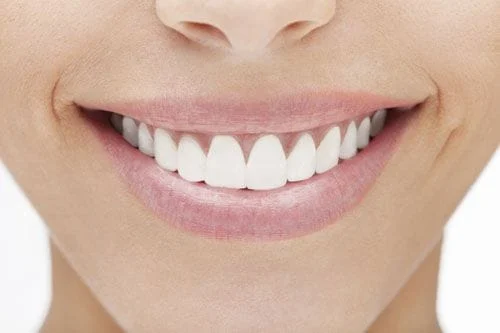
Even with excellent oral hygiene practices, you may still experience tooth decay and cavities. At Healthy Smiles Family Dentistry, we use tooth fillings as a way to restore a tooth damaged by decay back to its normal shape and function. Fillings are often our first line of defense against tooth decay, and can even be used to prevent future decay. If decay or damage worsens over time, our dentists may suggest another restoration, such as a crown.
During the procedure for a filling, our dentists will remove the decayed material, clean the area, and then fill the cavity with a preselected material. The type of material we use depends on the size and location of your cavity. No one type of filling is best for everyone. Materials for fillings include resin composite, amalgam, porcelain, and gold.
Resin Composite Fillings
A resin composite filling is a mixture of tooth-colored plastic and glass particles. Because of their appearance, composite fillings are best used for cavities and cosmetic improvements in the visible parts of your smile. In fact, we can even use resin composite to change the color or shape of disfigured teeth. Composite can be matched to the existing shade of your tooth, making these fillings discrete and aesthetically-pleasing. While composite may be ideal for aesthetic reasons, we typically do not recommend it for large fillings, as it may chip or wear over time.
Following some preparation, our dentists will place the composite in layers. After each layer is placed, we will use a special curing light that hardens the material. Once the cavity is full, our dentists will trim any excess and polish the material.
Amalgam Fillings
An amalgam filling is an alloy that usually consists of silver, copper, mercury, tin, and sometimes zinc. Because of their appearance, amalgam fillings are also known as “silver” fillings and are best used in areas of the mouth that are not immediately visible. Amalgam fillings have been used for more than 150 years, with a time-tested and proven track record. our dentists may recommend an amalgam filling, because they are resistant to wear and relatively inexpensive. In fact, they are less likely to break than some of the other types of fillings, making them ideal for larger cavities.
When placing an amalgam filling, our dentists will first drill the tooth to remove the decayed material and properly shape the cavity. Next, our dentists will place the softened amalgam putty in place, where it rapidly hardens into a solid filling.
Other Types of Fillings
While resin composite and amalgam fillings are most popular, we also offer gold and porcelain as potential materials. A gold filling is quite similar to a silver filing. However, they are made to order in a laboratory and then cemented into place. Gold is tolerated well by gum tissue and may last for more than 20 years thanks to its durability. Because of these qualities, many dental professionals consider gold to be one of the best filling materials, although it is also the most expensive.
Porcelain fillings, also known as inlays and onlays, are also fabricated in a dental laboratory and then cemented into place. Porcelain offers superior aesthetics and is resistant to staining. Inlays and onlays are considered a conservative alternative to dental crowns.
Schedule Your Appointment
If you are interested in learning more, call Tulsa: Claremore: (918) 343-4300, and schedule your appointment today.
